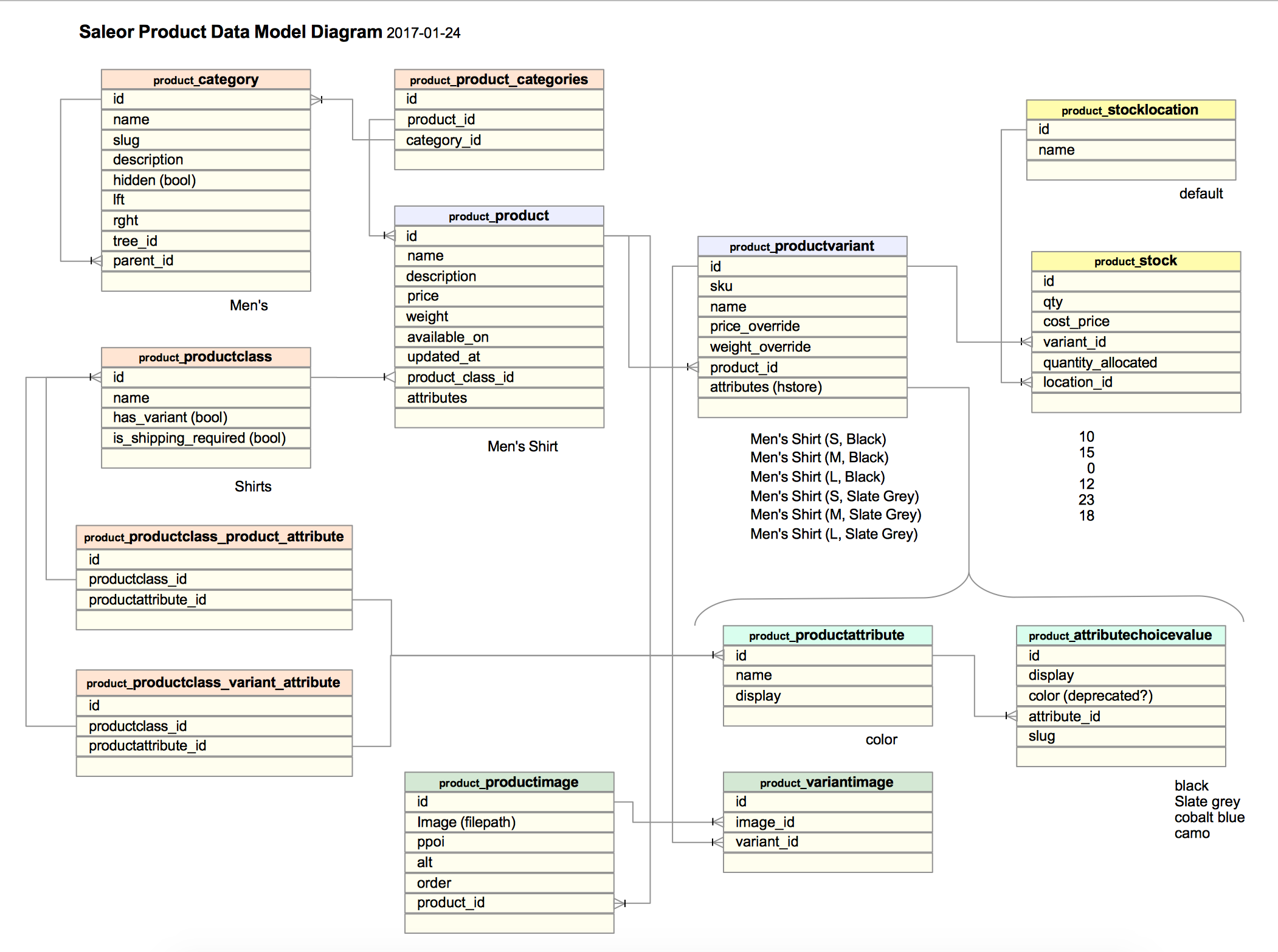CSV files can be used on the Unix command line like database tables. grep can act as a where-clause, and awk can be used as column selector. However the csv utility from vbin makes it easier.
Here it is.
$csv -p books.csv
id, isbn, name, publicated, type
1, 9781557427960, The Picture of Dorian Gray, 1891, Novel
2, 9780140283297, On the Road, 1957, Novel
3, 9781851243969, Frankenstein; or, The Modern Prometheus, 1818, Novel
4, 9780345347954, Childhood's End, 1966, Novel
5, 9780451457998, A Clockwork Orange, 1962, Novel
6, 9780440184621, Tai-Pan, 1982, Novel
7, 9780486266848, Another Turn of the Screw, 1898, Novel
8, 9780486280615, Adventures of Huckleberry Finn, 1884, Novel
9, 9780143104889, A Princess of Mars, 1917, Novel
13, 9781614270621, The Prophet, 1923, Poetry
21, 9780374528379, Brothers Karamazov, 1880, Novel
The -p makes the output pretty and easy to read. Similar to MySQL’s desc output. Here is another example.
$ csv -s books.csv
1. id
2. isbn
3. name
4. publicated
5. type
The -s shows header info. Useful for choosing or rearranging columns by number:
$ csv -c4,3 books.csv |grep ^18 |sort -n
1818,Frankenstein; or, The Modern Prometheus
1880,Brothers Karamazov
1884,Adventures of Huckleberry Finn
1891,The Picture of Dorian Gray
1898,Another Turn of the Screw
This example chooses “published” and “name” columns (switching their order – something Unix cut can not do), and selects only those in the 1800s.
Here’s a humdinger:
./providers.py list | grep -ve '^id' -e '^$' |csv - -c2| sort | while read p; do echo -n "$p,"; ./providers.py customers $c | wc -l ; done | csv - -p
This takes the list output of some providers.py script, remove lines not beginning with id, and blank lines, graps the second column, sorts them, and then sends them back into the providers.py script to get a count of customers for that provider. The output might look something like this:
ACE, 96
NYSE, 1300
OPC, 1400
PGEG, 560
VERT, 131
VERT-SCO, 1430
The dash (-) allows csv to process <STDIN> rather than a given filename, like Unix’s gzip does.
